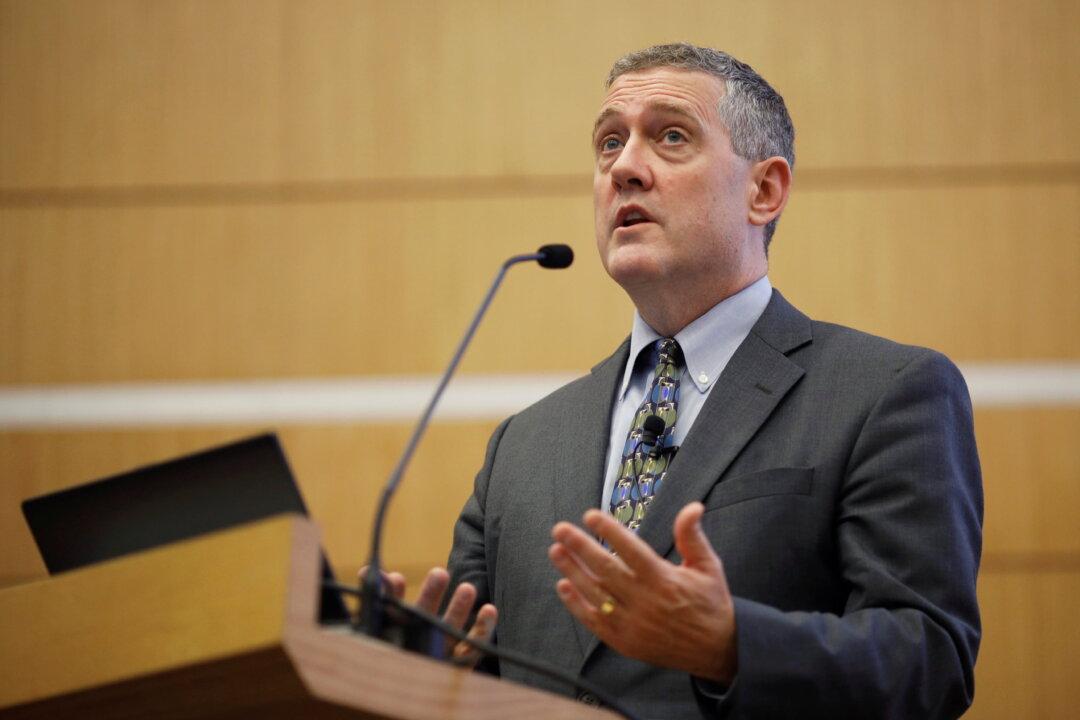The president of the St. Louis Federal Reserve, James Bullard, called for a tougher approach to control skyrocketing inflation by raising interest rates more substantially and said that the Fed needs to act, in a statement on April 8.
He believes that the central bank is “behind the curve” on interest rates, “but not as much as it looks like,” as inflation is still ”too high.”





